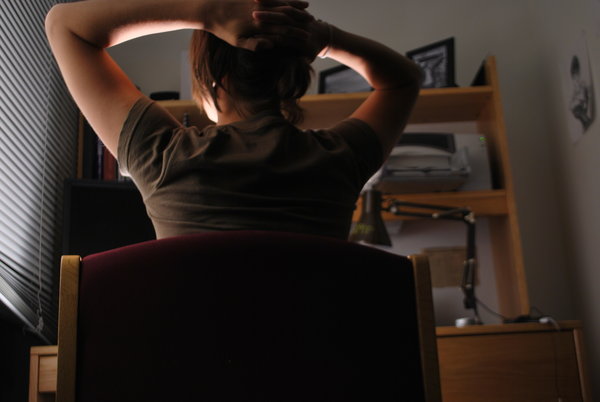
After the release of the Hollywood chick-flick Confessions of a Shopaholic in 2009 in the wake of the ongoing economic downturn, many young women found themselves mulling over their own spending habits. Had they been over-indulging themselves in opulence that they could not afford? Is shopaholism a genuine condition? If it were, then the addiction would need to be tended to, as families readied up to cut down on their spending as a result of the hard times that the economy was pulling through. Like treating most addictions, it would probably require medical help and therapy. However, many wrote off shopaholism as a petty habit rather than a state of mind.
Nevertheless, several psychiatrists today have come out with their beliefs that shopaholism might be a real addiction that requires special attention and treatment. The technical term that has come to be used to refer to this compulsive clinical obsession to shop or overspend is oniomania. Painful like any other addiction, in recent times, it has gained attention.
Recognizing shopaholism symptoms
But in a world like ours, where mall culture is abundant and shopping is a favourite pastime, how can we distinguish a shopaholic from someone who just likes to shop without being obsessive about it? The following list shows a pattern of unceasing, recurring symptoms of spending that helps diagnose shopaholism in a person.
a. Emotional shopping
Much like the seemingly therapeutic effects of emotional eating on people, many find shopping to be an outlet for their emotions like anger, disappointment, and fear. However, a little harmless retail therapy can become a full-blown addiction if it becomes senselessly repetitive and neurotic.
b. When shopping wreaks havoc in life
We all have those months when the credit card bills arrive and we find out that we spent a little beyond our means. This might sometimes lead to minor arguments and unpleasantness on our personal front because of a possible shortage of funds. For shopaholics however, this becomes a way of life. For them, shopping overrides the importance of relationships- personal or otherwise.
c. Emotional distress
Not only does shopaholism have roots in emotional agony, it could also result in extreme distress in the person. This is often because of guilt, feeling of social alienation, and the likes.
d. Itchy hands
Sometimes we may spot something in a shop’s window that may like. While normal people may not get upset if they do not have enough money or their card to buy it, shopaholics react with panic and a feeling of being ‘lost’. On the other hand, when they do make a purchase, they get an adrenaline rush out of it. And this continues to happen after each of their frequent shopping trips.
e. Worries about ‘CB’
CB or Cutting back is a slang term that refers to the constant mental math that goes on in the heads of shopaholics. It involves worrying about maxed out cards, overdrawn accounts, and can even extend to lying to and stealing from people important to them.
Getting help
If you happen to notice more than 3 of these above-mentioned warning signs in yourself or a person you know, then it is an indication that you might want to approach professional help. There are four steps in this process:
a. Reaching out to a certified addictions counselor
This could help you make sure that your problem is real by undergoing a professional assessment. The symptoms of shopaholism are similar to the emotional and mental patterns projected by any other addict. Once this pattern is confirmed, it is severely recommended to proceed getting psychiatric help.
b. Fix an appointment with a psychiatrist
Not only is he authorized to prescribe medication, if any required, but he may also detect the root of your shopaholism. For instance, much too often, the stress of going through a severe depression could make a person resort to mindless, compulsive shopping. This will help you figure out the scheme of things and put them in perspective.
c. Recognizing the problem
Once at this stage, it is important to come to terms with your problem. Realize that your habit is causing you and others, pain. You need to take in the consequences of your past actions and recognize that you need to begin fixing up things so as to avoid a financial mess. However, this is a gradual step-by-step process, and you need to always remember to not overwhelm yourself with it.
d. Seek support
Communicate with your loved ones and seek their help through spending quality time with them. They can help you keep track of your development towards recovery.
Remember, while it may seem fun and glamorous in the rom-coms, real-life shopaholism is much more painful and is a serious call to action.



